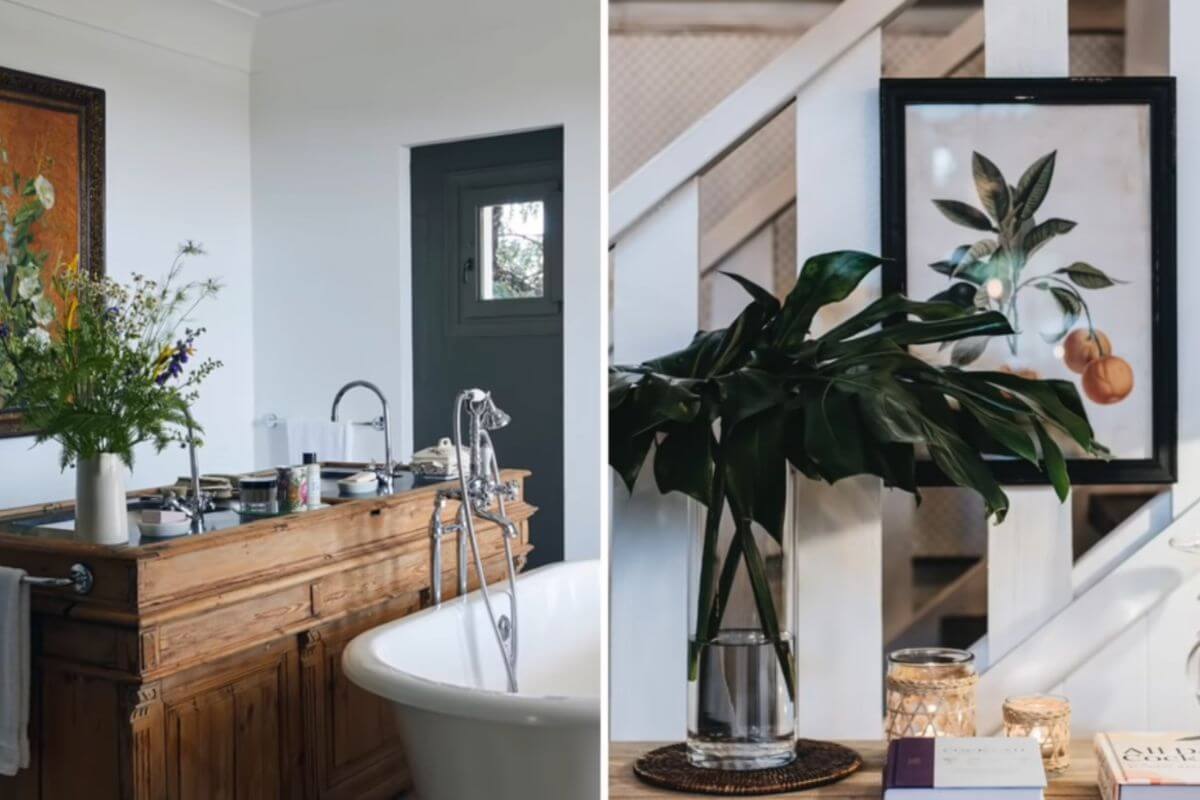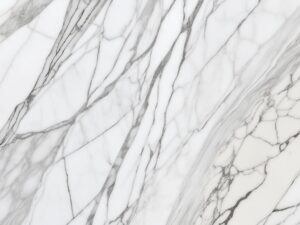Due to Tuscany’s location neighboring the Mediterranean shore, it shares many characteristics with Mediterranean interior design. However, there is a fundamental distinction between Tuscan Mediterranean interior design. The former emphasizes exclusively Italian inspirations. The latter includes Spanish, French, Moroccan, Turkish, and Greek influences. You can determine if either design works well for your interior concept by taking a closer look at each one.
Mediterranean-themed interior design characteristics
The natural splendor of the Mediterranean region and its warm, temperate climate serve as the primary sources of inspiration for Mediterranean décor. The sky and the Mediterranean Sea reflect brilliant blue and green tones. Warm terra-cotta, sand, and flaming orange hues combine with whitewashed stone, lavender, yellow, and other vibrant jewel tones. All of which come from the rich Moroccan tiling and tapestries.
Spanish roof tiles and stucco walls create the distinctive appearance of this architecture. Spanish, Italian, French, and Moroccan-inspired furniture and accessories are mixed throughout the interiors. There are frequently interior courtyards and rooms that open to outside living areas. Interiors with a contemporary vibe inspired by Greek architecture are less popular. However, some still consider them to have a Mediterranean style.
Characteristics of Tuscan interior design
Textured walls imitate the ancient plaster walls of Tuscan farmhouses in colors of cream, soft yellow, or richer earthy tones of rust, burnt orange, and terra-cotta. Bright golds, earthy greens, blue accents, yellow spurts of sunshine, and red pops depict the natural hues of the Tuscan landscape. Flooring can have a Tuscan flavor by using terra-cotta tile or reclaimed wood. With natural wood treatments, Tuscan furniture is rustic.
A calm, cozy atmosphere is created using light-colored furnishings and transparent window curtains made of organic textiles in neutral hues. The picturesque Tuscan countryside and wine-inspired motifs showcase wall art in the form of framed prints, stencils, hand-painted tiles, and custom murals. Huge earthenware vases, urns, and vibrant Italian pottery provide a final touch.
Tuscan design lacks Mediterranean features
The Moors do not heavily influence the décor of Tuscany. Moroccan accents like colorful poufs or lanterns would not go in with a Tuscan-styled home. But they would look right at home in a Mediterranean-inspired space. Traditional Tuscan interior design seems to be miles away from the primarily white or blue-and-white color combinations, modern furnishings, and distinctive Greek key patterns in the Mediterranean style. Modern Mediterranean interior design frequently incorporates translational fusions of modern and traditional items. The Tuscan interior design draws more toward Old World, classical aspects.
Deciding Which of the Two to Use
Consider the differences between Tuscan Mediterranean interior designs that are similar yet distinct design styles if you’re thinking of giving your home a style makeover. If you adore the appearance of conservative features but also favor contemporary home designs, such as the sleek appearance of stainless-steel kitchen appliances or the lighter appearance of modern furniture, the Mediterranean style is a better fit. Tuscan décor, on the other hand, would work better for you if you’re more drawn to rustic furnishings and prefer a more rural vibe in your home.



